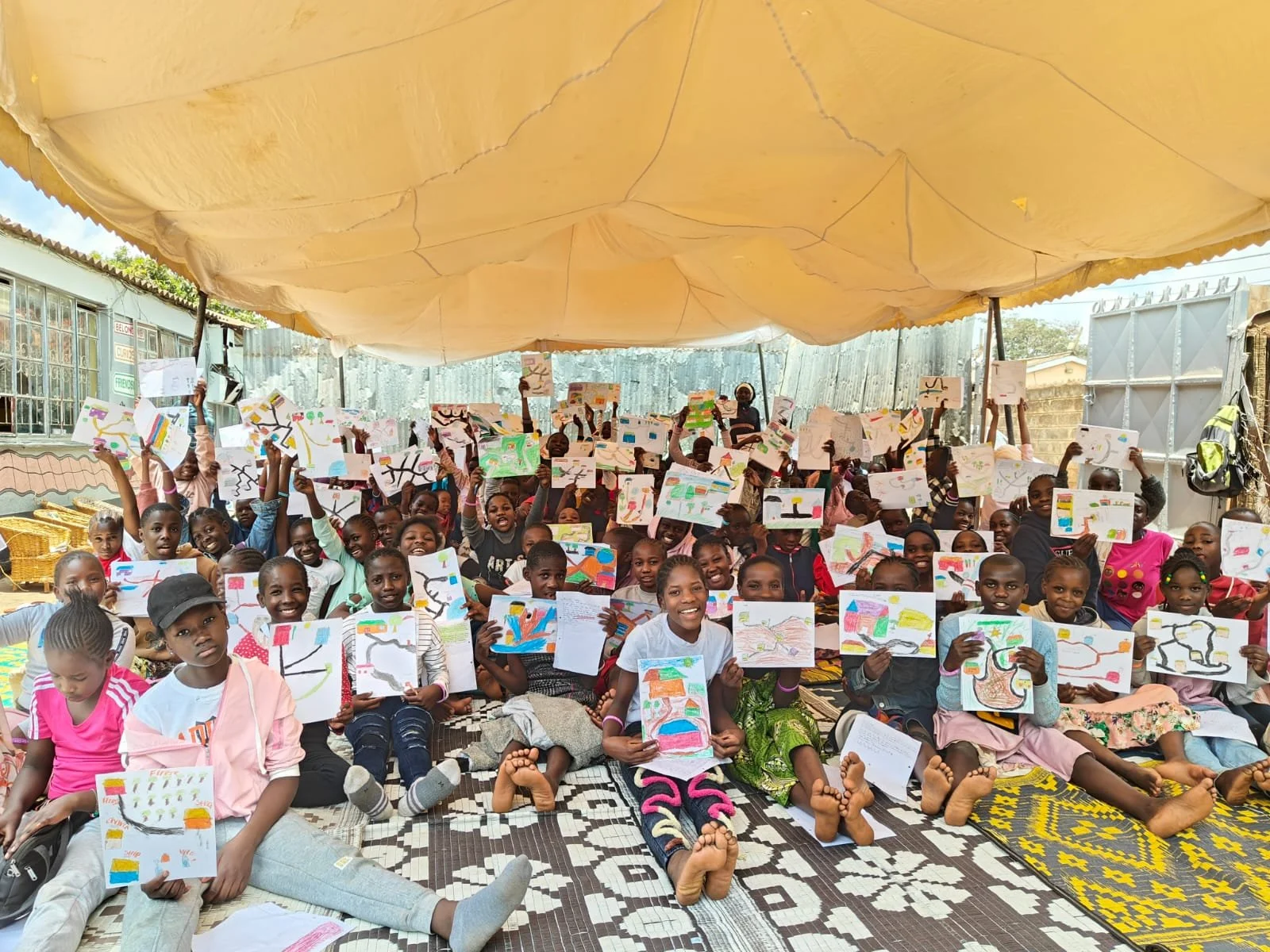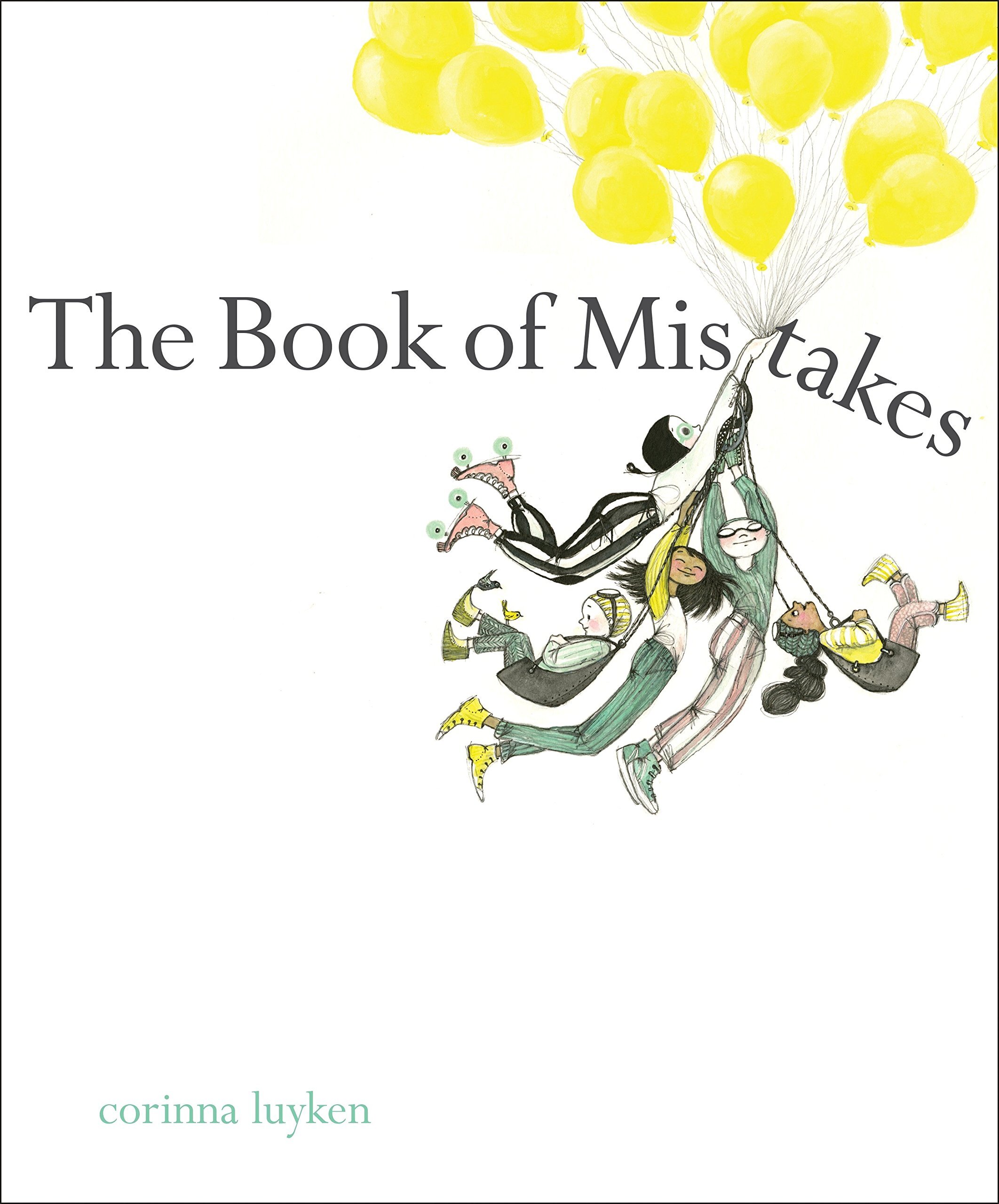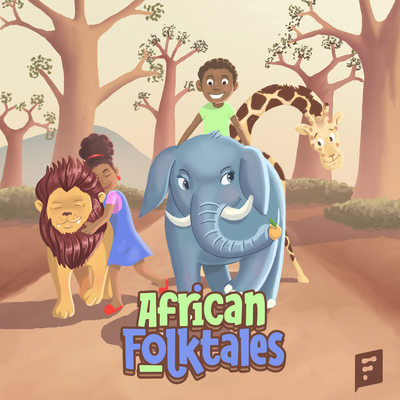Mother’s Day is less than a week away, and this year we are celebrating by shining a light on some of the many incredible women in our LitWorld family who help their communities stay strong - through COVID-19 and beyond!
From sewing and distributing face-masks to reading aloud with children and creating a new generation of leaders, we are beyond thankful for these role-models and honored to support their journeys with Moms LitClubs.
Kenya Connect, Kenya
Laughter and chatter filled the room during the last Moms LitClub session at Kenya Connect as LitMoms worked together word-by-word to tell a story, then used book illustrations to create their own stories! Afterwards, each LitMom borrowed a picture book to replicate the activity with their children and grandchildren, passing the knowledge and joy on to the next generation.
According to LitMom Anna, "The skills that I have acquired from LitClub have made me a teacher, and I am very confident that I can now teach my grandchildren... I have gained so much interest in reading. Whenever I go out to graze my cattle, I carry a book with me. What we are doing in Moms LitClub is really helping me a lot."
Seeds of Hope Foundation, Pakistan
In the wake of COVID-19, LitMoms at Seeds of Hope Foundation took action by starting a friendly sewing competition to make face masks! Safia and Anum won with 230 and 150 masks made respectively, which they distributed to the community for free.
Safia told our partners that "she is really grateful to LitWorld and Seeds of Hope Foundation for giving her this opportunity to use her skills for the betterment of humanity in such a crucial circumstance." She also added that "in this epidemic, everyone needs to be optimistic and to act courageously to fight against this adversity."
Ready for Reading, Rwanda
When LitClub mentor Sylvie was unable to join other Ready for Reading LitClub members for World Read Aloud Day this February, she did not get discouraged. Instead, she celebrated at her own home and led a read aloud with her family, encouraging a culture of learning and joy!
Like Sylvie, many LitMoms have been working hard to share skills they learned in Moms LitClubs with their families. Check out Josephine, Francoise, and Fortune reading aloud with their kids, instilling in them a love for reading and giving them the tools they need for a brighter future!


























